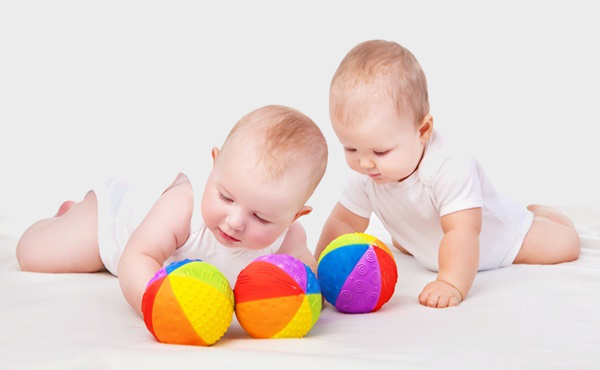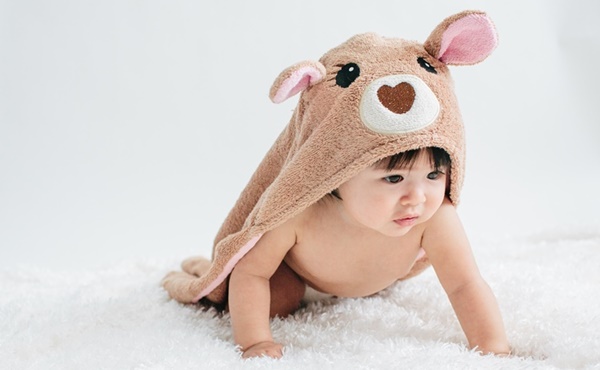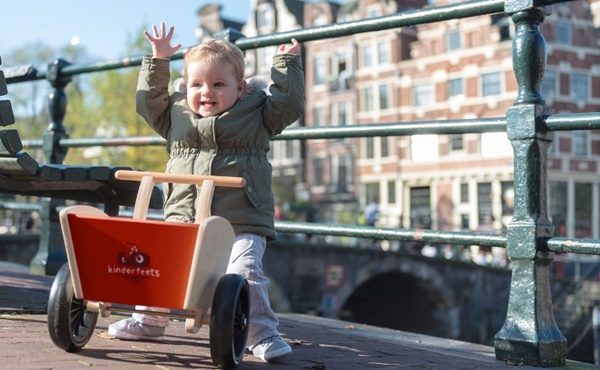When Andrew McGregor and Garry Smith acquired Artiwood Australia a little over three years ago, they were both looking for a sea change.
“Garry and I searched for the right acquisition for more than three years,” explains McGregor. “We’d almost given up hope when we came across Artiwood. We fell in love with the business, its products and [previous owner] John’s generous spirit from the moment we were introduced.”
Since the takeover the company has grown by leaps and bounds, doubling in size less than three years after acquisition. “We are growing an average of 32 per cent per year. We grew 22 per cent last year, 37 per cent in 2016 and 32 per cent in 2015.”
While many things were left the same including many of the brands Artiwood has been distributing over the years, refreshing the company’s corporate identity was the final task on an initial list of improvements McGregor and Smith wanted to make as new owners.
“The old logo and colour palate were dated and inflexible. They didn’t work well online, particularly for social media. However, we still wanted our logo to pay homage to the company’s incredible 19 year history. The final result is full of rich symbolism.
“As part of our rebranding program we refreshed our website design, our catalogue design, our custom built trade show booth, stationery and business cards, and social media profiles. It ended up being a far more comprehensive rebrand than we’d anticipated originally.”

Indeed, as the company’s graphic designer wasn’t available when it came to the redesign of some key elements, in particular the graphics for Artiwood’s trade show booth, they went online and found a designer in India. However, the long distance created quite a few problems along the way.
“He became a nightmare to manage as the project progressed. I gave him almost three months to complete the artwork. In the end he delivered the final files literally 48 hours before a printing deadline we simply couldn’t miss. Two weeks out from this deadline I honestly thought we’d have to abandon the project. It was a nerve wracking experience,” laments McGregor.
“Redesigning the website also took a year longer than planned. However, the delay meant that the final version we launched included more functionality and features than originally planned. The graphics were also refreshed several times as our corporate style continued to mature. We ultimately went through three design changes!”
Despite these challenges the end result has received universal praise from everyone including Artiwood’s previous owner.
“Customers love the new look and find the new website easier to use. We actually saw sales from several brands increase after the new site was launched. Equally, brands we distribute feel we’re now doing a better job of profiling and promoting their products. The trade show booth redesign also resulted in us securing a better location for future events.”
But it doesn’t stop here. The company’s 20th anniversary next year is a great excuse for more improvements and new initiatives.
“As this milestone approaches we’re keen to ensure that we’re successfully gearing the business for its next 20 years. In 2018 we plan to open the company’s first showroom so our entire catalogue can be viewed throughout the year. Currently you can only touch and evaluate our toys at trade shows,” explains McGregor.

A comprehensive upgrade of the warehouse’s back-end system is also in the works, which will automate more of the company’s logistics behind the scenes, making it easier to offer new services in the future. “We’ve started work on a project to integrate our new website into more of our back-end systems. This will pave the way for richer functionality online later in the year. We’re also investing in new hires to ensure our service and support remains world class.”
Artiwood is all about sourcing and supplying eco-friendly, educational toys and baby accessories and only takes on brands that follow the same philosophy. This might limit the expansion of the company’s portfolio, but McGregor says he is more interested in strengthening relationships with the clients they already have.
“We feel there’s a lot more we can do with the outstanding portfolio of brands we support. As a result we’re increasingly focused on going deeper with our existing suppliers rather than madly adding new brands to the catalogue. This includes working closely with them to develop and bring new toys to market. We’re already in discussion with Indigo Jamm, Kinderfeets and Apple Park about some stunning new toys for 2018. We’ll have early samples of these on show at the Sydney AGHA Gift Fair in February and again at the Melbourne Toy Fair in March.
“However, we still keep an eye on new opportunities. Last year we added Micki Leksaker’s pastel nursery toy range after seeing it at the Nuremberg Toy Fair. We thought the brand was on trend and just too good an opportunity to pass up. We attend at least two international trade shows every year in search of new brands (Hong Kong and Nuremberg). Every year we find something new that we cannot resist.”
When finding new and innovative brands you need to know what to look for. Every supplier needs to pay attention to trends to ensure the products they offer, besides classics that always do well, will actually sell in store and are in line with current consumer demand. In the last few years two almost opposing themes have been trending―technology and traditional.
McGregor is actually sensing a growing backlash against the amount of ‘screen time’ kids spend on electronic devices.
“In 2017 the viral demand we saw for Kinderfeets Kinderboards caught everyone by surprise. It’s a deceptively simple toy but its popularity highlights growing demand for toys that encourage children to use their imagination.
“Equally, every grandparent loves to spoil their grandchildren. As baby boomers become grandparents we see them increasingly focused on quality toys. They’re also keen to give something that has the potential to become a family heirloom. Wooden toys are a classic example of a gift likely to endure and be handed down over time.
“We also feel more and more consumers want access to products that are sustainably made. Time and time again we hear people express concern about the amount of plastic they’re throwing away. People also want to know that others haven’t been exploited in the creation of the products they buy.

“We feel the world is increasingly inundated by plastic. This means that modern manufacturing has made sustainable, eco-friendly products increasingly difficult to find. Therefore we look for products made using natural and sustainable materials such as wood, rubber, organic cotton and cork,” he adds.
The use of natural materials means Artiwood’s products are normally made by hand. “You’ll never find assembly lines filled with rows of plastic extrusion moulds in the factories we use. Instead you’ll see skilled people crafting, finishing and painting every toy we sell. Even when machines are used to cut and shape individual pieces, there’s still a person at the other end sanding, shaping, painting and assembling the finished product.
“The human touch enhances the quality of our toys in ways you’d never imagine. For example, our Caaocho rubber toys are individually created by a skilled artisan. He pours softened rubber latex into a mould. He then carefully rotates it by hand in a series of slow, sweeping arcs to create a toy with internal walls of a smooth and even thickness. A team of artists then trim and buff each rubber toy’s seam before hand-painting individual features using food grade dyes.
“Finally, we focus on sourcing and supplying quality products. We know the shortcuts manufacturers can take to reduce the cost of a toy. All too often this results in compromises that reduce their durability or limit their utility. We’re not looking for the cheapest toy. Instead we’re focused on quality at an affordable price that any retailer would be proud to sell.
“In our factories the machines are merely tools. It’s the skill of the people using them that ultimately creates the toys we love. With so much at stake our factories are reviewed and evaluated regularly―we audit each factory’s quality control protocols, review and revise training programs, test production samples, inspect facilities and assess working practices. Like you we want toys coming out of the box in perfect condition every time.”







